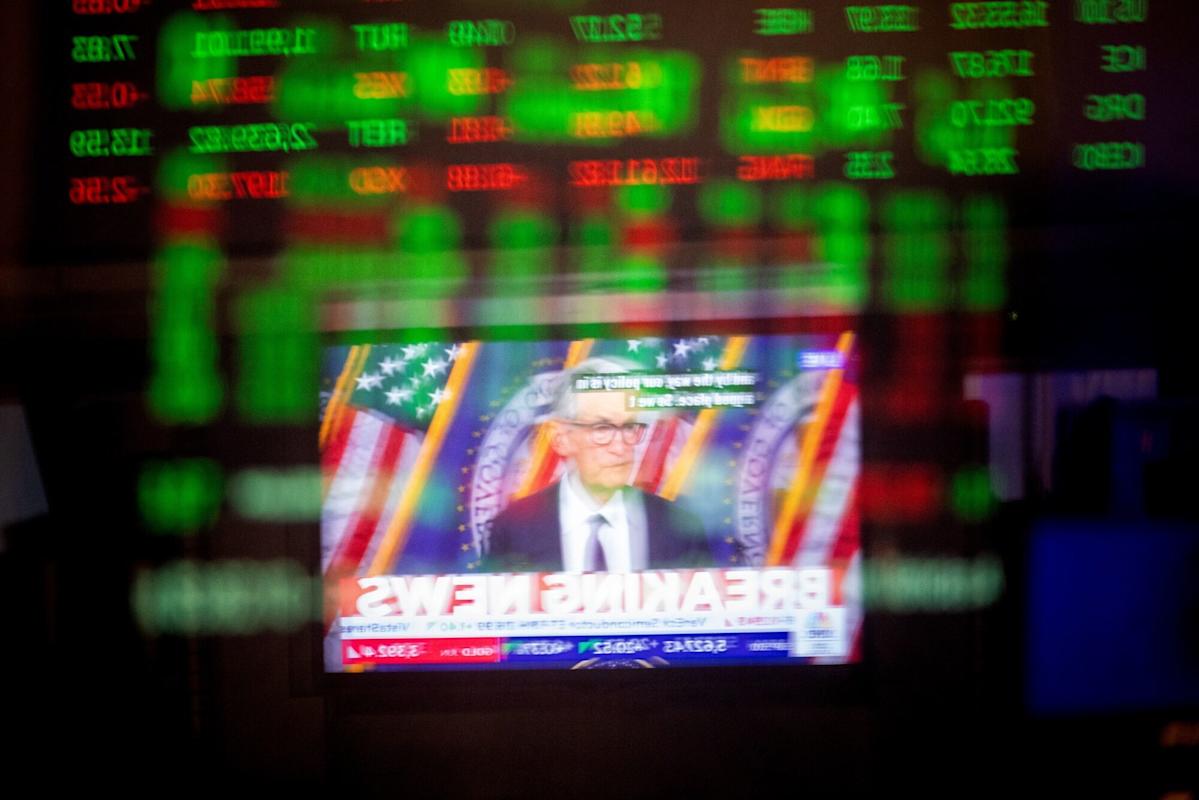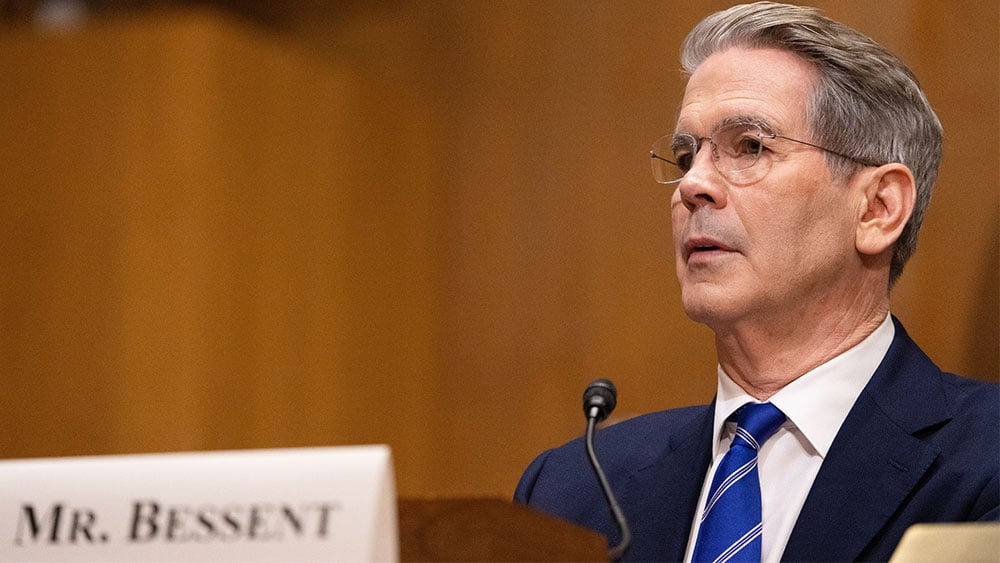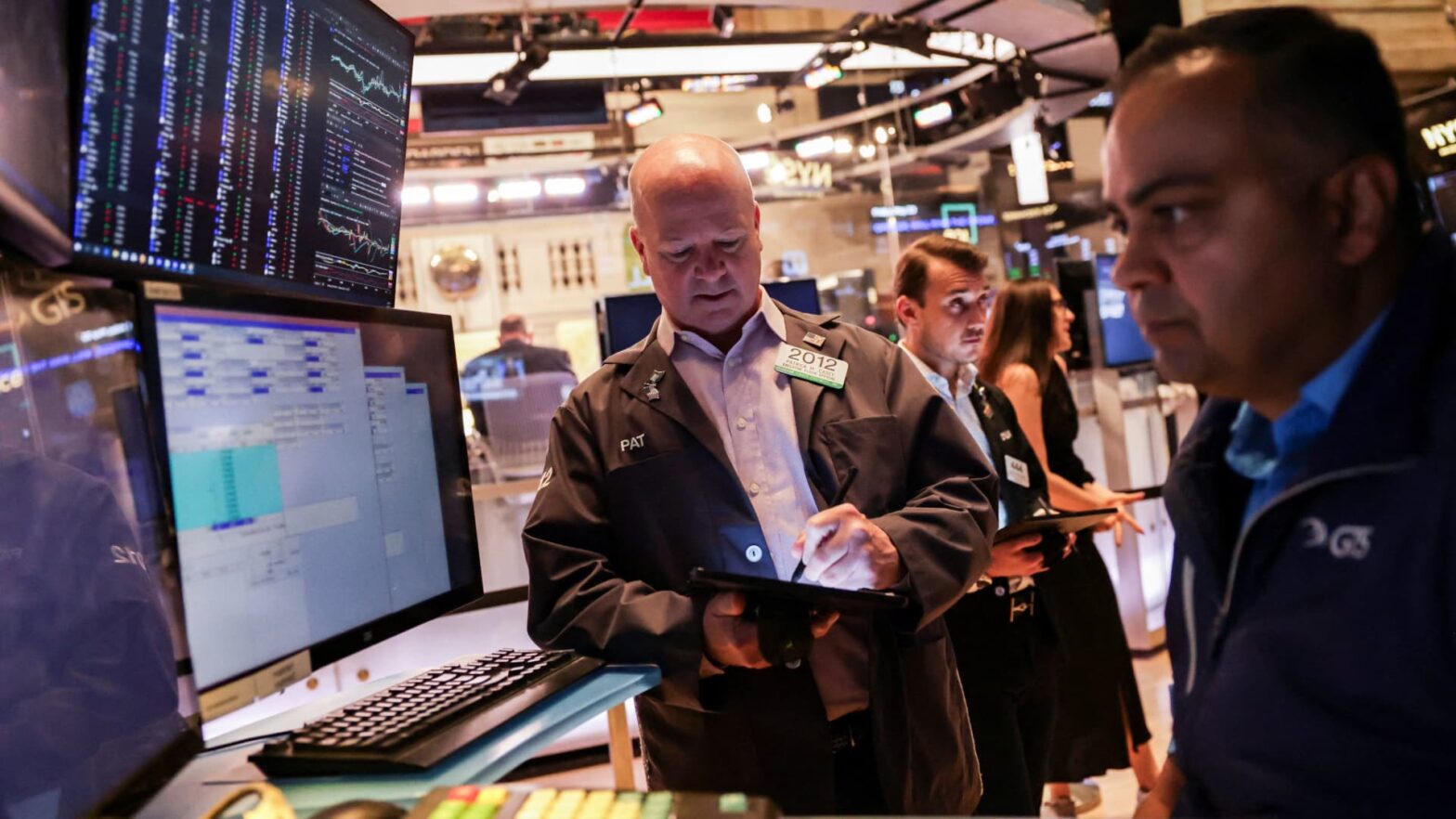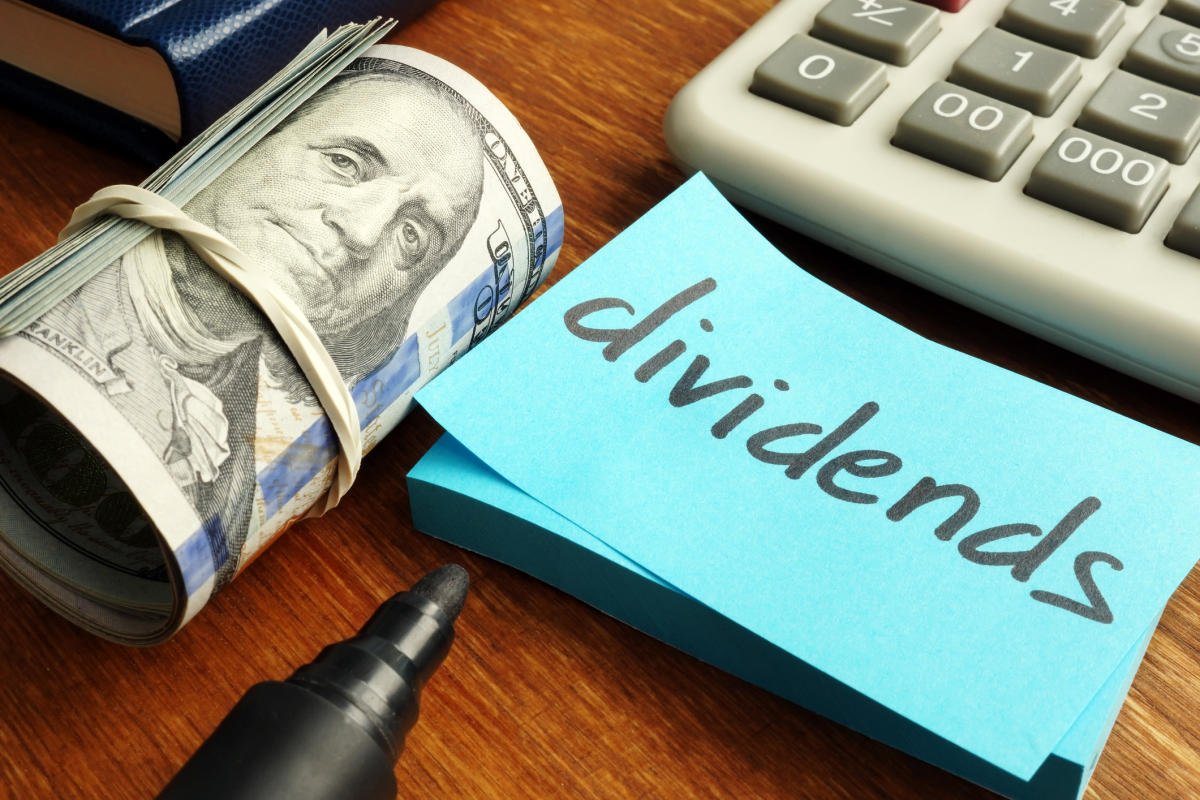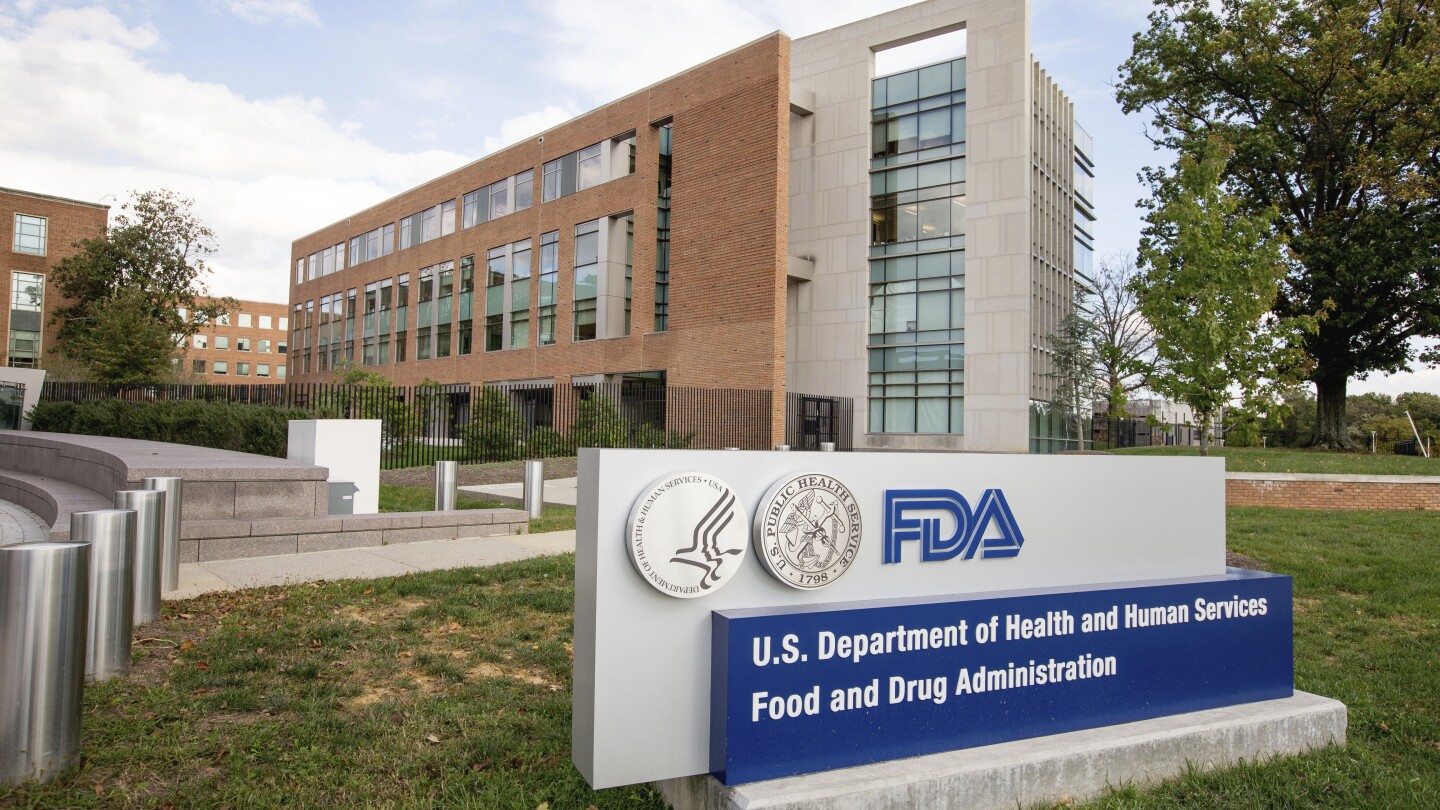Jessica Menton
5 min read
In This Article:
(Bloomberg) — The stock market’s stunning rebound over the last month has largely been driven by Main Street investors buying the dip in everything in sight while professional money managers ditched US stocks, spooked by mounting fears of slowing economic growth and trade war disruptions.
Most Read from Bloomberg
-
As Trump Reshapes Housing Policy, Renters Face Rollback of Rights
-
Is Trump’s Plan to Reopen the Notorious Alcatraz Prison Realistic?
-
What’s Behind the Rise in Serious Injuries on New York City’s Streets?
-
NYC Warns of 17% Drop in Foreign Tourists Due to Trump Policies
-
Vail to Borrow Muni Debt to Ease Ski Resort Town Housing Crunch
But as the pile of cash on the sidelines keeps growing in the face of a resilient S&P 500 Index, which has soared 14% in a month since bottoming on April 8, Wall Street is debating whether, and when, to jump back in.
“This is so exhausting,” said Ken Mahoney CEO of Mahoney Asset Management. “There’s no playbook on how to trade this.”
Mahoney is sitting on roughly 40% cash but has reluctantly started buying cheaper software shares. He’s not alone, increasing numbers of institutional investors who were wary of the market’s head-fakes based on President Donald Trump’s tariff pronouncements and speculation on the Federal Reserve’s interest-rate path are being dragged back in.
The reason is cut-to-the-bone positioning has cleared the path for many of them to return as buyers. At this point, there’s little standing in the way of short-term stock market gains as traders have lifted their bearish hedges, systematic funds are beginning to buy and retail investors are chasing everything from Big Tech to industrials.
“This is an unloved rally,” Colton Loder, managing principal of the alternative investment firm Cohalo, said by phone. “But just based on positioning being cut so much alone, this will likely induce buying in the coming weeks no matter what trade or monetary policy news comes.”
In addition, the S&P 500 Index’s one-month realized volatility fell 17 points Thursday due to the index’s historic 9.5% rally on April 9 coming out of the one-month calculation, according to Tier 1 Alpha. A decline in realized volatility will cause a rapid normalization in risk premium models, enabling those investors to increase their exposure.
“This isn’t about taking on more risk,” Mahoney said. “We’re building up cash to use when we’re forced to buy rallies like now. But we’re still cautious.”
The hesitation among fund managers comes as they debate when to reprice the extent to which the Fed may be able to cut rates this year. Wall Street had been expecting the central bank to cut next month, but Fed Chair Jerome Powell and other policymakers insist they’re waiting for more clarity from economic data.

